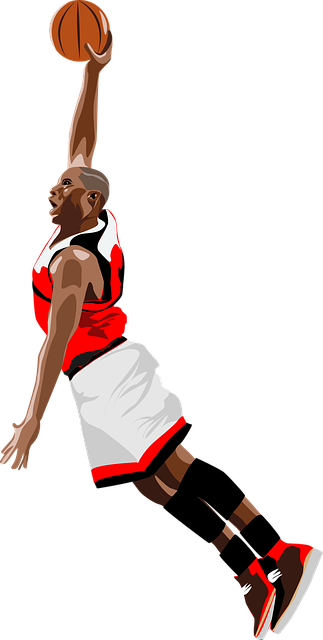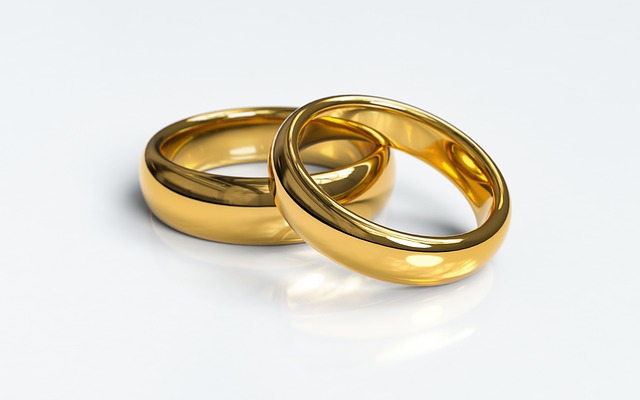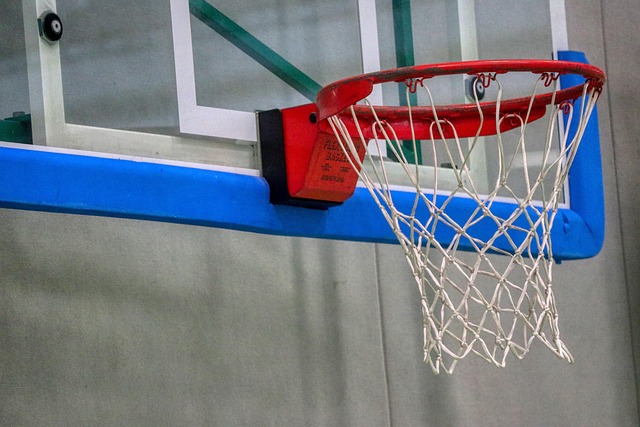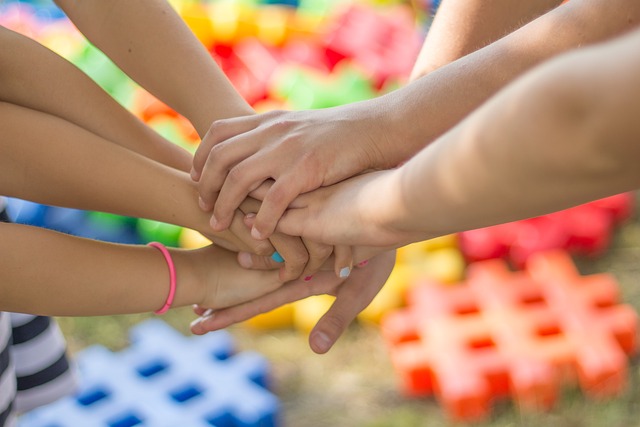Category: Womens Basketball at University of Oregon
Women’s Basketball at the University of Oregon: A Comprehensive Overview
Introduction
In the dynamic world of collegiate athletics, women’s basketball stands as a powerful force, fostering not only athletic excellence but also shaping futures and communities. At the University of Oregon (UO), this sport has transcended the traditional court, becoming an integral part of the institution’s identity and a beacon for gender equality in sports. This article delves into the multifaceted world of women’s basketball at UO, exploring its rich history, global impact, economic significance, technological innovations, regulatory framework, challenges, and a glimpse into its promising future. Through this journey, we aim to illuminate why this program is not just a sporting event but a cultural phenomenon.
Understanding Women’s Basketball at the University of Oregon: A Historical Overview
Women’s basketball at UO has evolved from a modest beginning to a powerhouse in collegiate sports. The university established its women’s basketball team in 1974, marking the beginning of a journey that would challenge gender stereotypes and redefine athletic potential. Over the years, the program has flourished under the guidance of visionary coaches and dedicated players, capturing numerous conference titles and national championships.
The early years were characterized by building a solid foundation, recruiting talented athletes, and fostering a team culture centered on resilience and teamwork. As the program gained traction, it began to attract national attention for its high-octane style of play and the remarkable achievements of its players. The UO Ducks, as they are affectionately known, have become synonymous with not just basketball excellence but also breaking barriers and inspiring young women worldwide.
Core Components and Success Factors:
-
Coaching Excellence: The program has consistently attracted top coaching talent who not only possess exceptional strategic minds but also advocate for player development both on and off the court. These coaches have been instrumental in implementing innovative training methods, advanced analytics, and a holistic approach to athlete welfare.
-
Recruiting Mastery: UO’s recruiting strategy focuses on identifying undervalued talents from diverse backgrounds, fostering an inclusive environment, and nurturing their potential. This approach has led to a dynamic roster that contributes to the team’s success and serves as a role model for aspiring athletes.
-
Community Engagement: The Ducks have become a beloved part of the UO community, with fans and alumni passionate about supporting the team. This engagement extends beyond the games, as players participate in various community outreach programs, promoting education, health, and well-being.
-
Academic Integration: UO emphasizes the importance of academics alongside athletics, ensuring players maintain a high standard of educational achievement. This commitment demonstrates a holistic approach to athlete development, preparing them for future endeavors.
Global Impact and Trends
Women’s basketball at UO has left an indelible mark on the international sporting landscape, inspiring programs worldwide and contributing to global trends in female athletic participation.
-
Global Reach: The Ducks’ success has attracted international attention, fostering partnerships with universities globally. Exchange programs and coaching clinics have been organized, sharing best practices and promoting cultural exchange through sports.
-
Increasing Participation: UO’s exposure has played a role in the global surge of women’s basketball participation, particularly at the collegiate level. Many countries have witnessed a rise in interest, leading to more competitive national leagues and improved training facilities.
-
Media and Broadcasting: The program’s popularity has led to increased media coverage worldwide, challenging traditional gender biases in sports broadcasting. This trend has empowered female athletes and contributed to a more inclusive sporting narrative.
Economic Considerations: A Sporting Powerhouse
The economic impact of women’s basketball at UO is significant, contributing to the local, regional, and national economies through various channels.
Market Dynamics:
- Ticket Sales: Home games attract a diverse crowd, generating substantial revenue from ticket sales. The program has successfully built a loyal fan base, ensuring consistent attendance and contributing to the university’s overall financial health.
- Merchandise and Sponsorships: UO Ducks branded merchandise is in high demand, with fans eager to support their favorite players and teams. Sponsorship deals with local businesses and national brands further enhance revenue streams.
Investment Patterns:
- Facilities Development: The success of the basketball program has led to significant investments in state-of-the-art arenas and training facilities, creating top-tier environments for athletes and attracting major events.
- Athlete Endowments: Alumni and supporters have contributed to scholarship funds and athlete endowments, ensuring the financial stability and well-being of current and future students-athletes.
Economic System Integration:
UO’s women’s basketball program serves as a catalyst for economic growth by:
- Tourism Boost: National championships and high-profile games attract visitors, increasing tourism revenue for the city of Eugene and surrounding areas.
- Local Business Growth: The program supports local businesses through sponsorship deals, merchandise sales, and event hosting, fostering a sustainable economic ecosystem.
- Inspirational Effect: By showcasing the economic potential of female athletes, UO inspires young women to pursue educational and athletic opportunities, contributing to a skilled future workforce.
Technological Advancements: Revolutionizing the Game
Technology has played a pivotal role in transforming women’s basketball at UO, improving performance, training, and fan engagement.
-
Advanced Analytics: The team employs sophisticated analytics tools to track player performance, identify trends, and make data-driven decisions. This enables coaches to tailor strategies, optimize player rotations, and enhance overall team performance.
-
Video Analysis: High-tech video systems allow for detailed analysis of games and practices, helping players refine their skills and tactics. This technology has contributed to the team’s tactical versatility and adaptability.
-
Sports Science Integration: UO collaborates with leading sports science institutions to implement evidence-based training programs. These programs focus on injury prevention, performance optimization, and player well-being, ensuring athletes thrive both on and off the court.
-
Fan Engagement Platforms: The program utilizes digital platforms to connect with fans worldwide, providing live game streaming, interactive features, and exclusive content. This enhances fan experience and expands the global reach of UO basketball.
Policy and Regulation: Navigating the Legal Landscape
The women’s basketball program at UO operates within a robust legal framework designed to protect athletes’ rights, ensure fair competition, and promote ethical conduct.
-
NCAA Regulations: As a member institution of the National Collegiate Athletic Association (NCAA), UO adheres to its rules and regulations, covering areas such as eligibility, recruitment, scholarship awards, and academic standards. These policies ensure fairness and maintain the integrity of collegiate sports.
-
Gender Equality Laws: The program is committed to promoting gender equality and ensuring compliance with relevant laws, such as Title IX of the Education Amendments Act. This legislation prohibits sex discrimination in educational institutions, including athletic programs.
-
Player Welfare Policies: UO has implemented comprehensive policies to support athlete mental health, sexual well-being, and overall welfare. These include counseling services, educational workshops, and strict protocols for handling misconduct, fostering a safe and respectful environment.
Challenges and Criticisms: Overcoming Obstacles
Despite its many achievements, women’s basketball at UO has not been immune to challenges and criticisms that require thoughtful strategies to address them effectively.
-
Funding Inequalities: One of the persistent issues is the disparity in funding between men’s and women’s athletic programs. Despite increasing awareness and efforts towards gender equality, securing equal resources remains a challenge, impacting training facilities, travel arrangements, and support staff.
-
Media Representation: While media coverage has improved, female basketball players still face underrepresentation in traditional sports media. This disparity perpetuates stereotypes and limits role models for young girls interested in pursuing athletic careers.
-
Scholarship Opportunities: Critics argue that women’s basketball programs often struggle to offer the same level of academic scholarships as their male counterparts. Ensuring equal opportunities for educational support is crucial for attracting top talent and fostering a diverse student body.
Proposed Solutions:
-
Advocacy and Awareness: Raising awareness about gender funding disparities through campaigns and community engagement can garner public support for equitable resource allocation.
-
Media Engagement Strategies: Proactively reaching out to media outlets and creating compelling content showcasing female athletes’ talents can help challenge stereotypes and attract more coverage.
-
Scholarship Expansion: UO could explore innovative scholarship models, such as performance-based awards or partnerships with external organizations, to enhance academic support for women’s basketball players.
Case Studies: Exemplary Success Stories
1. The 2022 NCAA Championship Run:
In the 2022 season, the UO Ducks embarked on an unprecedented championship run, capturing their first-ever NCAA Division I Women’s Basketball title. This success was a testament to the program’s resilience and strategic vision:
-
Team Unity: The Ducks’ championship season showcased the power of team unity, with players from diverse backgrounds coming together to form a tight-knit unit. Their bond off the court translated into unparalleled chemistry on it, leading to improved communication and tactical execution.
-
Adaptability: The coaching staff’s emphasis on adaptability paid dividends as the team navigated a challenging tournament schedule. They demonstrated an ability to adjust strategies based on opponents’ strengths, ensuring they remained one step ahead.
-
Community Support: The entire Eugene community rallied behind the Ducks, with local businesses offering discounts to fans and the city hosting celebrations after each victory. This support created an electric atmosphere that fueled the team’s success.
2. International Exchange Program Success:
UO has been at the forefront of fostering cultural exchange through its women’s basketball program, partnering with universities in China, Japan, and Europe. One notable success story involves their collaboration with a top Chinese university:
-
Cultural Bridge: The exchange program facilitated a cultural bridge between UO and Chinese athletes, providing an opportunity to learn from each other’s training methods and playing styles. This experience enriched the Ducks’ understanding of global basketball trends.
-
Skill Development: Chinese players brought unique skills and insights, challenging their UO counterparts to elevate their game. The program’s focus on individual development benefited greatly from this cross-cultural learning.
-
Global Network Expansion: Through these exchanges, UO has established a global network of coaches and administrators, facilitating future collaborations and international tournament invitations.
Future Prospects: Looking Ahead
Women’s basketball at UO stands at an exciting crossroads, with numerous growth areas and emerging trends shaping its trajectory.
Potential Growth Areas:
-
Global Talent Acquisition: With the program’s growing international reputation, UO can further expand its reach to recruit top talents globally, diversifying its roster and enhancing competitive edge.
-
Community Engagement Expansion: Building on existing community outreach programs, there is potential to develop more comprehensive initiatives, engaging youth from underserved communities and fostering early interest in sports and education.
-
Digital Innovation: Utilizing the latest digital tools for fan engagement, such as augmented reality experiences and interactive apps, can enhance the overall gameday experience and attract a new generation of fans.
Emerging Trends:
-
Focus on Mental Health: There is an increasing emphasis on player mental health support, with programs implementing sports psychology services and educational workshops to promote resilience and well-being.
-
Sustainable Athletics: UO is poised to embrace sustainable practices, from eco-friendly merchandise production to reducing its carbon footprint, setting a standard for environmentally conscious athletics.
-
Diversity, Equity, and Inclusion (DEI): Continuing to foster an inclusive environment, the program aims to represent and support athletes from diverse backgrounds, ensuring equality and opportunities for all.
Conclusion: A Shining Example in Collegiate Basketball
Women’s basketball at the University of Oregon stands as a testament to the transformative power of athletics in shaping lives and communities. Through its rich history, global impact, economic significance, technological innovations, robust policies, and commitment to overcoming challenges, UO has established itself as a leader in collegiate sports.
As the program looks ahead, it carries a legacy of excellence while embracing new opportunities for growth and innovation. The future of women’s basketball at UO promises continued success, inspiring young athletes worldwide and contributing to a more inclusive and diverse sporting landscape.
FAQ Section: Addressing Common Queries
Q: How does the University of Oregon ensure equal opportunities for female athletes compared to their male counterparts?
A: UO adheres to strict NCAA regulations and Title IX guidelines, ensuring fair treatment in areas such as funding, scholarships, facilities, and media coverage. The university’s commitment to gender equality is reflected in its policies and practices.
Q: What role does the program play in promoting diversity and inclusion?
A: Diversity and inclusion are core values of UO women’s basketball. The program actively seeks athletes from diverse backgrounds, cultures, and economic statuses, fostering an inclusive environment where everyone is valued and respected.
Q: How has technology improved training for female basketball players at UO?
A: Advanced analytics, video analysis, and sports science integration have revolutionized training. Coaches can now make data-driven decisions, optimize player development, and tailor strategies to individual needs, ensuring athletes reach their full potential.
Q: What are some of the challenges faced by women’s basketball programs in securing funding?
A: One challenge is the historical disparity in funding between men’s and women’s sports. UO works tirelessly to advocate for equitable resources, but sustained change requires collective efforts from institutions, sponsors, and governing bodies to ensure fair allocation of funds.
Q: How does the University of Oregon engage with local communities through its basketball program?
A: UO leverages its athletic programs as community hubs, offering various outreach programs that involve players in educational initiatives, health campaigns, and youth development activities. These efforts strengthen the bond between the university and the surrounding community.
Ducks Women’s Basketball: Fan Traditions in NCAA Spirit
Oregon Ducks Basketball: Uniforms, Colors, and Coaching Evolution

The Oregon Ducks basketball uniforms have evolved dramatically under the influence of Ducks basketba…….
Oregon Women’s Basketball: Uniting Community Through Service
Ducks Women’s Dominance: Unlocking Basketball Excellence
Oregon Women’s Basketball: Comprehensive Training Techniques for Success
Ducks Basketball Alumni: Shaping Sport and Community Success
Oregon Women’s Basketball: Unlocking Scouting for Success
Oregon Women’s Basketball: Alumni Power and Community Building
Ducks Basketball Alumni: Networking, Coaching, Inspiring Successes

The annual Ducks basketball alumni gathering brings together past and present players, coaches, and…….















